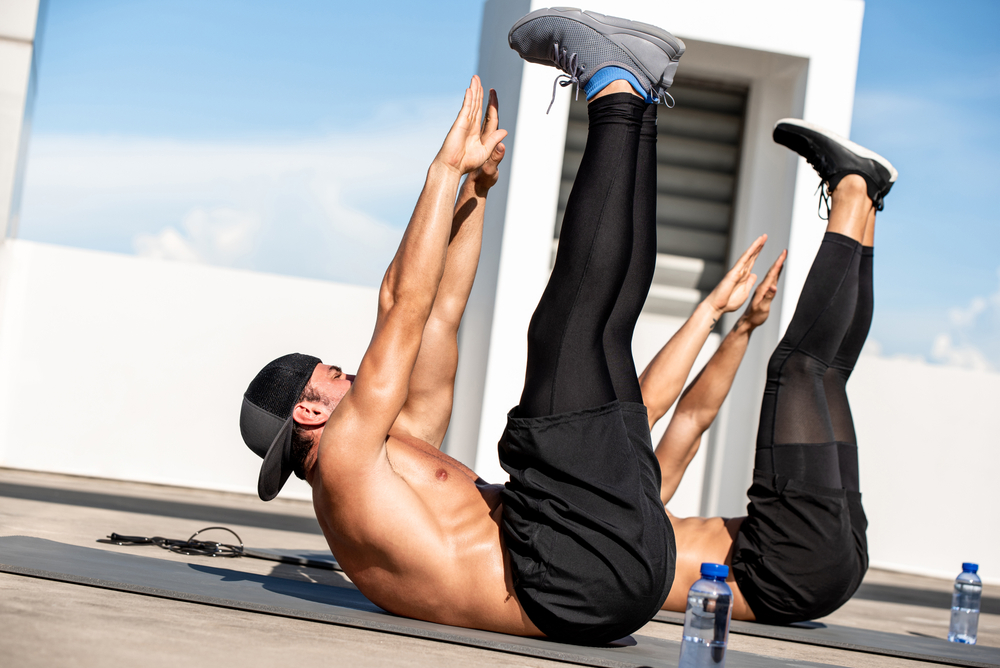The fitness domain is always in a state of continual evolution. From traditional workouts rooted in ancient practices to modern exercise techniques leveraging cutting-edge technology, the options for staying fit are vast and diverse. One approach that has gained significant traction in recent years is the concept of hybrid workouts, which seamlessly combine elements of both traditional and modern exercise methodologies. This innovative approach offers a myriad of benefits, catering to individuals with varying fitness goals and preferences.
Understanding Hybrid Workouts
Hybrid workouts represent a fusion of traditional and modern exercise techniques, blending the time-tested principles of disciplines like yoga, Pilates, and calisthenics with the innovative methodologies of high-intensity interval training (HIIT), functional training, and technology-driven workouts. By integrating these diverse approaches, hybrid workouts aim to deliver comprehensive fitness solutions that target multiple aspects of physical health, including strength, endurance, flexibility, balance, and cardiovascular fitness.

The Benefits of Hybrid Workouts
1. Versatility and Variety: One of the most significant advantages of hybrid workouts is their versatility. By incorporating elements from various disciplines, these workouts offer a diverse range of movements and exercises, preventing monotony and boredom. Whether you prefer the mindful flow of yoga, the dynamic intensity of HIIT, or the focused precision of Pilates, there’s something for everyone in a hybrid workout regimen.
2. Efficiency and Effectiveness: Hybrid workouts are designed to maximize efficiency by combining different training modalities within a single session. This holistic approach allows you to target multiple muscle groups simultaneously, optimizing your time spent in the gym or at home. Additionally, the integration of both traditional and modern techniques ensures a well-rounded workout that addresses both strength and conditioning, leading to better overall results.
3. Adaptability and Customization: Another notable benefit of hybrid workouts is their adaptability. Whether you’re a beginner looking to build a foundation of fitness or an experienced athlete seeking new challenges, hybrid workouts can be tailored to meet your specific needs and goals. With endless combinations of exercises and formats, you can customize your workout routine to suit your preferences, fitness level, and schedule.
4. Enhanced Engagement and Motivation: Traditional workouts can sometimes feel repetitive, leading to decreased motivation and adherence. By incorporating modern elements such as wearable technology, interactive apps, and gamified workouts, hybrid training keeps things fresh and engaging. Features like real-time feedback, progress tracking, and social connectivity add an extra layer of motivation, making it easier to stay committed to your fitness journey.
5. Holistic Health Benefits: Beyond physical fitness, hybrid workouts promote holistic well-being by addressing mental and emotional aspects of health. Practices like yoga and mindfulness meditation, often included in hybrid routines, can help reduce stress, improve mood, and enhance overall quality of life. By nurturing both body and mind, these workouts support a balanced and sustainable approach to health and wellness.
Sample Hybrid Workout Routine
To provide a practical example of a hybrid workout routine, let’s outline a session that combines elements of yoga, bodyweight exercises, and HIIT:
1. Warm-Up (5 minutes):
– Dynamic stretching to loosen muscles and increase blood flow.
2. Yoga Flow (15 minutes):
– Sun Salutations to warm up the body and improve flexibility.
– Warrior poses aimed at enhancing strength and stability.
– Balancing poses aim to improve proprioception and concentration.
3. Bodyweight Circuit (20 minutes):
– Push-Ups: 3 sets of 10 reps to target chest, shoulders, and triceps.
– Squats: 3 sets of 15 reps to work the lower body.
– Plank Hold: 3 sets of 30 seconds to engage core muscles.
– Lunges: 3 sets of 12 reps per leg for lower body strength and balance.
4. HIIT Intervals (15 minutes):
– 30 seconds of high-intensity cardio (e.g., jumping jacks, mountain climbers).
– 30 seconds of rest or active recovery (e.g., jogging in place, walking lunges).
– Perform this sequence for a cumulative total of 5 rounds..
5. Cool Down and Stretching (10 minutes):
– Gentle stretching to improve flexibility and promote relaxation.
– Deep breathing exercises to calm the nervous system and aid recovery.

Conclusion
Hybrid workouts offer a dynamic and effective approach to fitness, leveraging the best of both traditional and modern exercise techniques. By combining diverse training modalities, these workouts provide versatility, efficiency, adaptability, engagement, and holistic health benefits. Whether you’re looking to build strength, improve flexibility, boost cardiovascular fitness, or enhance overall well-being, incorporating hybrid workouts into your routine can help you achieve your goals more effectively and enjoyably. Embrace the power of hybrid training and discover a new dimension of fitness that caters to your body, mind, and spirit.



